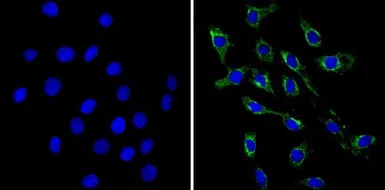VAMP3 antibody
Cat. No. GTX79273
Cat. No. GTX79273
-
HostRabbit
-
ClonalityPolyclonal
-
IsotypeIgG
-
ApplicationsWB ICC/IF
-
ReactivityHuman, Mouse, Rat



